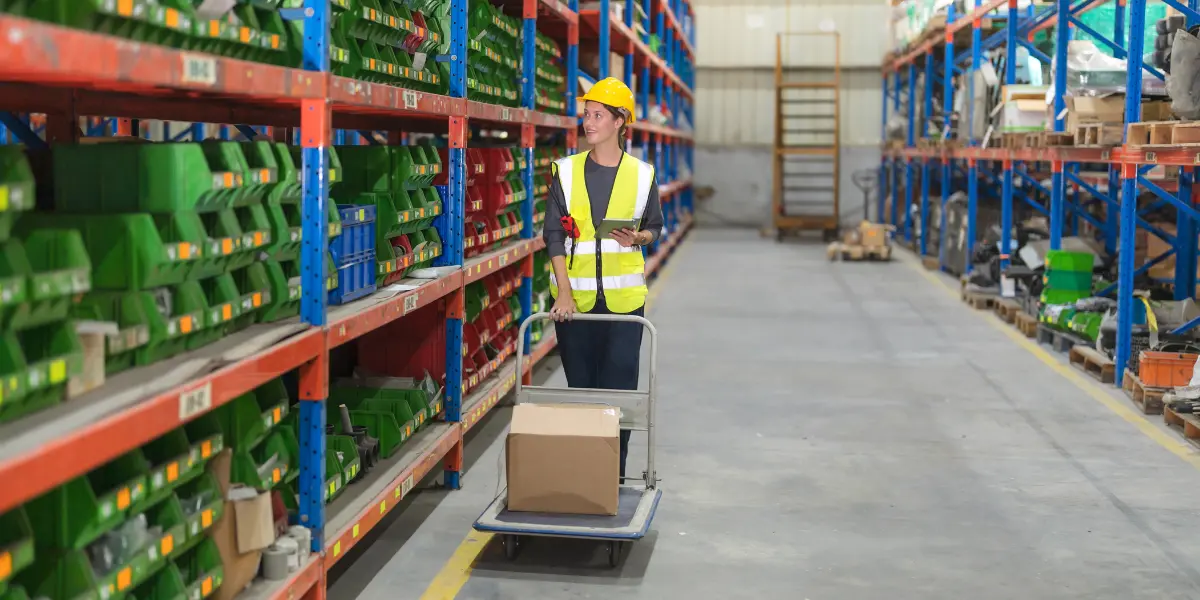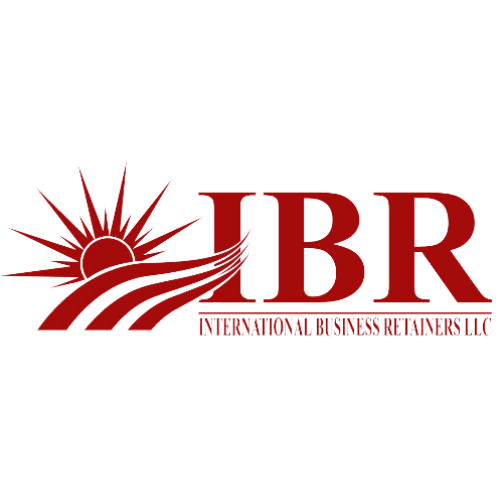
UAE VAT Place of Supply Rule for Goods & Services
Introduction
The regulations surrounding Value Added Tax (VAT) in the United Arab Emirates (UAE) comprise a range of policies and directives, one of which addresses the place of supply for goods and services. Businesses operating in the UAE must be aware of these regulations in order to guarantee compliance and prevent possible fines. The purpose of this blog is to shed light on the UAE’s place of supply regulations for VAT.
Place of Supply for Goods
According to the UAE VAT framework, whether a transaction comprises domestic or international trade determines the place of supply for products.
Domestic Transactions
The place of supply is considered to be within the UAE for transactions involving the supply of products within its borders. This holds true whether the customer picks them up in person or receives them physically.
International Transactions
The place of supply regulations for products given to or from the United Arab Emirates that are part of international trade may differ depending on a number of variables, such as the goods’ location at the time of supply and the kind of transaction (e.g., importation, exportation, cross-border sales).
Goods supplied from Designated Zone to another Designated Zone
There is no VAT applied to the supply of products between designated zones. As an example, A-One Traders in the Dubai Airport Free Zone received items from Rose Traders in the Jebel Ali Free Zone.
Goods supplied from Designated Zone to Mainland
- A Designated Zone shall be considered outside the State for the purposes of the VAT. Consequently, the transfer of commodities from the Designated Zone to a mainland supplier (inside the State of the United Arab Emirates) will be regarded as an import. Similar to the import of products from other nations, the supplier purchasing items from the Designated Zone will be required to pay VAT on a reverse charge basis.
- Rose Traders, situated in the Jebel Ali Free Zone, provided items to Abdul Traders, situated in the mainland of Dubai.
Goods supplied from Designated Zone to outside the UAE State
For VAT purposes, goods provided from the Designated Zone to states outside the United Arab Emirates shall be considered outside of the scope. As an example, National Traders in India received items from Rose Traders in the Jebel Ali Free Zone.
Services supplied from Designated Zone to another Designated Zone
- There is a 5% tax on services supplied between designated zones. This is so because the location from which services provided inside the Designated Zone are deemed to originate from within the State.
- For instance, Maxwell Enterprise, situated in the Dubai Airport Free Zone, received IT services from Green Technologies, situated in the Jebel Ali Free Zone.
Services supplied from Designated Zone to Mainland
- Services supplied from the designated zone to the state’s mainland are taxable, and 5% VAT shall be added to the cost of the services.
- As an example, Stephen Enterprises in the mainland of Dubai received IT services from Green Technologies, which is situated in the Jebel Ali free zone.
Services supplied from Designated Zone to outside the UAE State
- Services provided from the Designated Zone to countries outside the United Arab Emirates shall be zero-rated supply and treated as exports.
- For an example, National Enterprises in India received services from Green Technologies, which is situated in the Jebel Ali Free Zone.
Place of Supply for Services
Under UAE VAT law, determining the place of supply for services can be trickier to figure out than for products. Where a service is provided depends on a number of criteria, such as the nature of the service and the recipient’s status (i.e., consumer or company).
General Principle
The recipient’s location serves as the general guideline for identifying the place of supply for services in the United Arab Emirates. Regardless of the supplier’s location, the place of supply is within the UAE if the recipient is a business entity that is registered for VAT in the country.
Exemptions and Unique Situations
Nonetheless, there are cases and unique situations in which the source of supply may not follow the standard procedure. For instance, services pertaining to real estate are normally seen as provided in the location of the real estate.
Some services are subject to particular place of supply regulations set forth in the VAT Act. Examples of these services are electronic, broadcast, and telecommunications services.
In contrast to business-to-business transactions, services provided to consumers may be subject to distinct place of supply regulations.
VAT on Telecommunication services
Under UAE VAT law, determining the place of supply for services can be trickier to figure out than for products. Where a service is provided depends on a number of criteria, such as the nature of the service and the recipient’s status (i.e., consumer or company).
What is telecommunication?
In order to provide, broadcast, convert, or receive any of the services listed below, one must use any type of communications equipment or device that can transmit, broadcast, convert, or receive such services using electrical, magnetic, electromagnetic, electrochemical, or electromechanical means, among other means of communication, such as
- wired and wireless communications
- Audio files, including music and voice
- Visible pictures
- Transmission signals that aren’t used for public broadcasting
- Transmission signals that aren’t used for public broadcasting
- Services that are identical in kind and provide the same function.
Place of supply rules (use and enjoyment)
Since VAT is a consumption-based tax, knowing where a service is consumed is crucial. In the case of telecommunications, the place of supply is determined by the recipient’s use and enjoyment of the services, independent of contractual payment teams. If the services are used outside of the United Arab Emirates, no VAT should be payable, indicating that the transaction is zero rated, even if the supplier is based there.
Importance of Compliance
Businesses must adhere to the UAE’s place of supply regulations for VAT in order to guarantee proper tax reporting and prevent possible penalties or fines. For operations to run smoothly and to keep a positive record with the tax authorities, proper documentation and knowledge of the relevant legislation are crucial.
Conclusion
It is necessary to have a solid understanding of the regulations and how they affect various transaction types in order to navigate the place of supply rules for VAT in the United Arab Emirates. In the ever-changing tax landscape of the United Arab Emirates, businesses can efficiently manage their VAT duties and reduce compliance risks by following these guidelines and, when needed, getting professional help.
For more information you can go to FTA website: https://tax.gov.ae/en/taxes/Vat/vat.topics/what.is.vat.aspx
Disclaimer: Above all information is for general reference only and sourced from internet, before making any kind of decision please visit the authorized websites of authorities and service providers.
